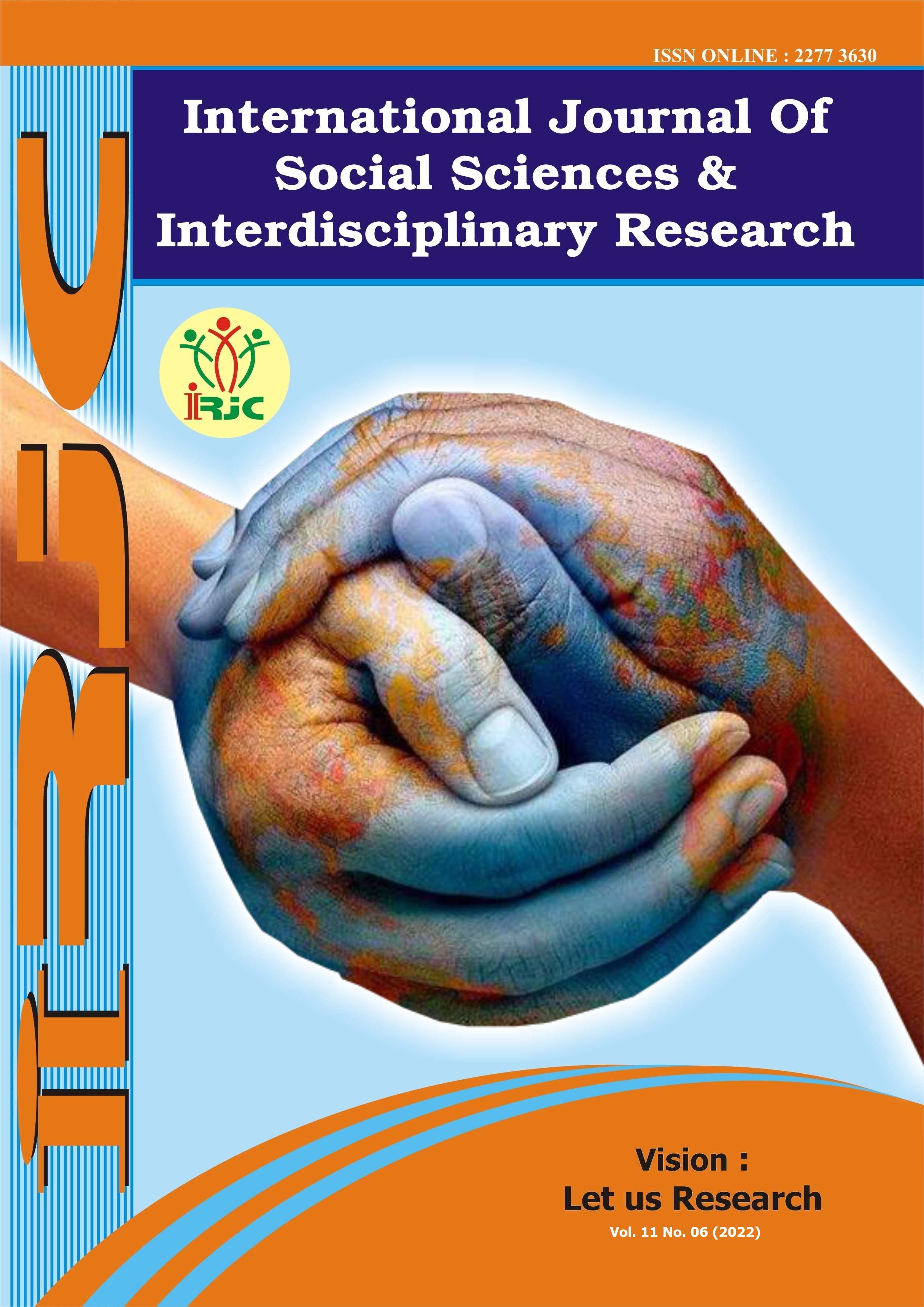HISTORY OF BIOINFORMATICS
Keywords:
bioinformatics, origin of bioinformatics, genomics, structural bioinformatics, Big Data (Big Data), future of bioinformaticsAbstract
For today's students and researchers, it is easy to believe that modern bioinformatics appeared recently to help analyze the next generation of data. However, the beginning of bioinformatics occurred more than 50 years ago, when desktop computers were still hypothesized and DNA could not yet be sequenced. The basis of bioinformatics was laid by the use of computational methods in the analysis of protein sequences in the early 1960s. Subsequently, DNA analysis appeared due to the parallel development of (1) molecular biology methods, which made it easier to synthesize DNA, as well as its sequence and (2) the emergence of increasingly smaller and more powerful computers in Computer Science. It also needed a more appropriate new software to perform bioinformatics functions. From the 1990s to the 2000s, massive improvements in sequential technology have resulted in exponential growth of data along with cost reduction. The emergence of" Big Data "("Big Data") has come up with new challenges in terms of finding and managing data and has required more experience in the field of Computer Science. In combination with constantly increasing bioinformatics tools, biological Big Data (Big Data) has had a profound impact on the predictive power and recurrence of bioinformatics results and continues to do so. To address this problem, universities now fully integrate this science into the curriculum of biology students. Recent junior disciplines such as synthetic biology, System Biology, and whole cell modeling have emerged as a result of an ever-increasing overlap between computer science and biology.
References
Yuldasheva, D. H. (2020). O ‘ZBEKISTONDA TURIZMNI RIVOJLANTIRISHDA TARIHIY SHAHARLARNING O ‘RNI. Интернаука, (21-3), 70-71.
Abdullayeva, N. R., & Abdullayev, A. K. (2021). The Basis is a Mobile Industrial Robot Core Characteristics and Shape of the Spatial Structure. International Journal on Orange Technologies, 3(3), 253-256.
Usmonova, M. (2019). PROFESSIONAL COMPETENCY BUILDING FUTURE BIOLOGY TEACHER. European Journal of Research and Reflection in Educational Sciences Vol, 7(12).
Юлдашева, Д. Х. (2015). Роль инновационных методов обучения будущих младших специалистов. Инновационная экономика: перспективы развития и совершенствования, (2 (7)), 331-334.
Qizi, Y. N. V. (2021). System of Professional Competence Development of Future Teachers in the Field of Science and Communication. Annals of the Romanian Society for Cell Biology, 25(4), 14211-14215.
https://en.wikipedia.org/wiki/Pehr_Victor_Edman
https://en.wikipedia.org/wiki/Margaret_Oakley_Dayhoff
https://en.wikipedia.org/wiki/David_J._Lipman
https://en.wikipedia.org/wiki/Robert_Ledley
https://en.wikipedia.org/wiki/Emile_Zuckerkandl
https://en.wikipedia.org/wiki/Linus_Pauling
G’URURNI, B. A. T. M. (2021). RIVOJLANTIRISH. Editorial board: Tone Roald, PhD Associate Professor of Psychology University of Copenhagen, 196.
Маргуба, Х., & Иброхимова, М. (2018). ИЗУЧЕНИЕ ОБРАЗОВАТЕЛЬНЫХ ВОПРОСОВ В СТАРИННЫХ ПИСЬМЕННЫХ ИСТОЧНИКАХ. Актуальные научные исследования в современном мире, (5-6), 88-89.
Хайдарова, М. (2018). ВОПРОСЫ ВОСПИТАНИЯ ВО ВЗГЯДАХ ВЕЛИКОГО ПРАВИТЕЛЯ АМИРА ТЕМУРА (1336-1405). Актуальные научные исследования в современном мире, (12-4), 15-17.
Inomdjanovva, K. M. (2021). Features of formation of national etiquette skills in primary school children. ACADEMICIA: AN INTERNATIONAL MULTIDISCIPLINARY RESEARCH JOURNAL, 11(1), 1593-1595.
Inomovna, K. M. (2021). Features of formation of national etiquette skills in primary school children: A study. ACADEMICIA: AN INTERNATIONAL MULTIDISCIPLINARY RESEARCH JOURNAL, 11(2), 1646-1648.
Inomovna, M. (2021). Formation of National Etiquette Skills in Reading Lessons among Primary Schoolchildren-As a Social Necessity. Middle European Scientific Bulletin, 17, 294-296.
АРТЫКОВ, С. С., ХАЛИМОВА, М. Р., & ТАШПУЛАТОВА, Д. С. (2019). ОХРАНА РЕДКИХ И ИСЧЕЗАЮЩИХ ПТИЦ. In МОЛОДЕЖЬ И НАУКА: ШАГ К УСПЕХУ (pp. 140-141).
АРТЫКОВ, С. С., ХАЛИМОВА, М. Р., & ТАШПУЛАТОВА, Д. С. (2019). КОМНАТНЫЕ РАСТЕНИЯ И ЭКОЛОГИЯ ЖИЛИЩА. In МОЛОДЕЖЬ И НАУКА: ШАГ К УСПЕХУ (pp. 138-140).
ТАШПУЛАТОВА, Д. С., & ХАЛИМОВА, М. Р. (2018). ПРОБЛЕМЫ РАСТИТЕЛЬНОГО МИРА И ЕГО ОХРАНА. In Молодежь и системная модернизация страны (pp. 27-28).
ХАЛИМОВА, М. Р., & ТАШПУЛАТОВА, Д. С. (2018). ОХОТНИЧЬЕ ПРОМЫСЛОВАЯ ФАУНА ЖИВОТНЫХ ФЕРГАНСКОЙ ОБЛАСТИ И ПЕРСПЕКТИВЫ ЕЁ ИССЛЕДОВАНИЯ. In Молодежь и системная модернизация страны (pp. 29-30).
ХАЛИМОВА, М. Р., & ТАШПУЛАТОВА, Д. С. (2017). АРЕАЛ ОБИТАНИЯ МИНДАЛЯ ОБЫКНОВЕННОГО (Amygdalus communis) И ЕГО ПРИМЕНЕНИЕ В МЕДИЦИНЕ. In Будущее науки-2017 (pp. 345-346).
Tudiyeva, O. M., & Ibragimova, D. A. (2019). USE OF INNOVATIVE TEACHING METHODS TO IMPROVE “REPRODUCTIVE HEALTH”. Scientific Bulletin of Namangan State University, 1(5), 294-299.
Усмонов, С. О., & Мирзарахмонов, А. А. (2021). ИЗБИРАТЕЛЬНАЯ СИСТЕМА РЕСПУБЛИКИ УЗБЕКИСТАН." КОДЕКС О ВЫБОРАХ" И ЕГО ЗНАЧЕНИЕ. Ученый XXI века, (10 (81)), 21-25.
Азимов, М. М., Урманов, Х. Н., Усмонов, С. О., & Рўзиматов, Р. Ё. (2020). КЕЙСЛАРДАН ФОЙДАЛАНИБ “НУКЛЕИН КИСЛОТАЛАР, ДНК ВА РНК МОЛЕКУЛАСИ” МОДУЛИНИ ЎҚИТИШ. Интернаука, (21-3), 54-55.
Усмонов, С. О., & Мирзарахмонов, А. А. (2021). ИЗБИРАТЕЛЬНАЯ СИСТЕМА РЕСПУБЛИКИ УЗБЕКИСТАН." КОДЕКС О ВЫБОРАХ" И ЕГО ЗНАЧЕНИЕ. Ученый XXI века, (10 (81)), 21-25.
Азимов, М. М., Урманов, Х. Н., Усмонов, С. О., & Рўзиматов, Р. Ё. (2020). КЕЙСЛАРДАН ФОЙДАЛАНИБ “НУКЛЕИН КИСЛОТАЛАР, ДНК ВА РНК МОЛЕКУЛАСИ” МОДУЛИНИ ЎҚИТИШ. Интернаука, (21-3), 54-55.
Muxayyoxon, U., & Xilolaxon, U. (2022). KASB BU-HAYOT. Yosh Tadqiqotchi Jurnali, 1(5), 327-333.
Араббоев, К. Т. (2011). ОСОБЕННОСТИ АДАПТАЦИИ СТУДЕНТОВ ВЫСШЕЙ ФИЗКУЛЬТУРНО-ПЕДАГОГИЧЕСКОЙ ШКОЛЫ К УЧЕБНОЙ И СПОРТИВНОЙ ДЕЯТЕЛЬНОСТИ. Педагогические науки, (5), 128-131.
Downloads
Published
How to Cite
Issue
Section
License
Copyright (c) 2022 GEJournals

This work is licensed under a Creative Commons Attribution-NonCommercial-NoDerivatives 4.0 International License.





